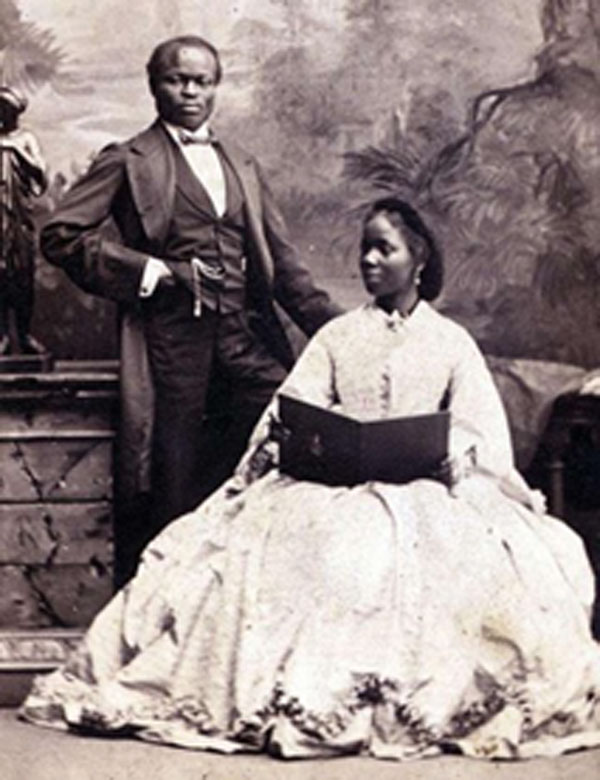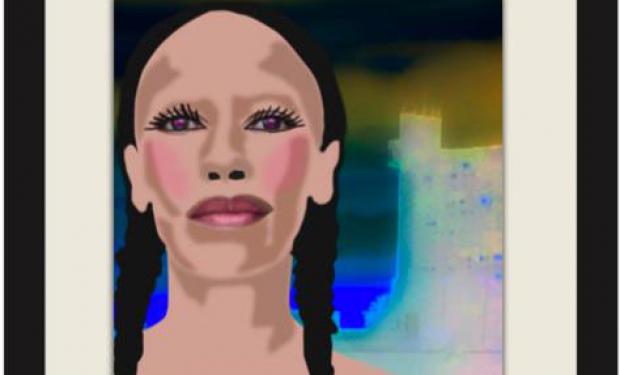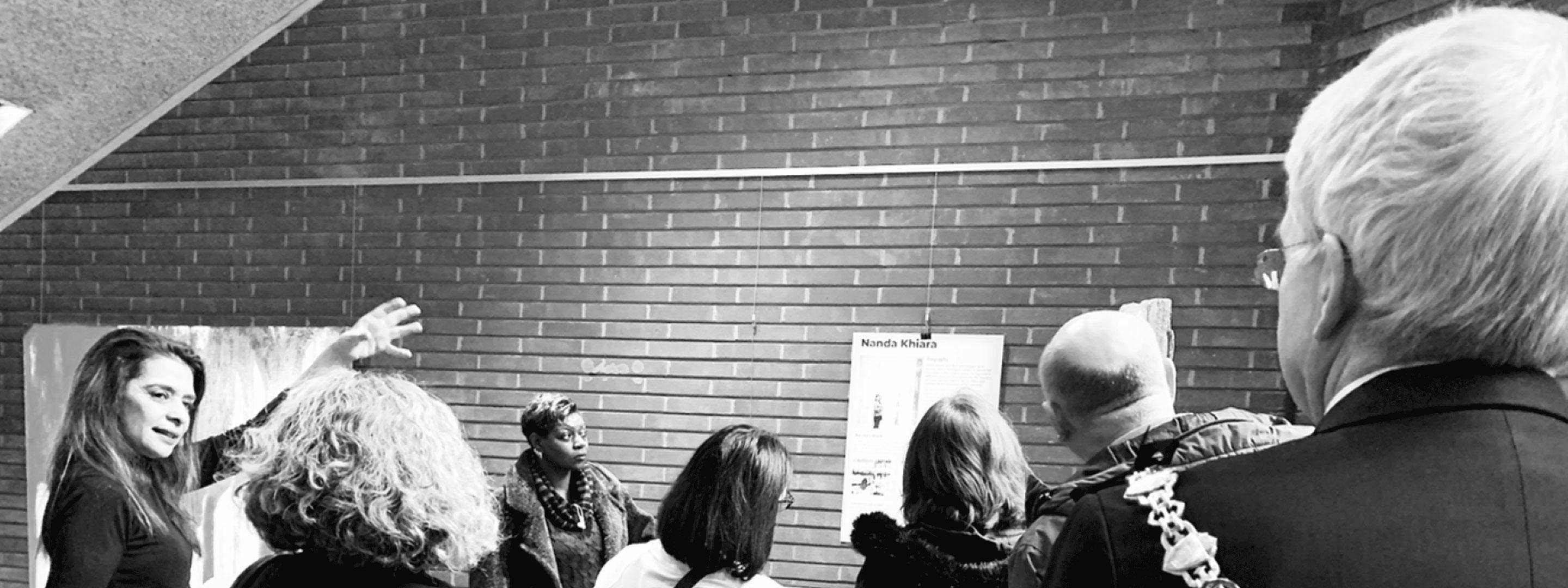
North Kensington Artists Collective- EFX ‘Pick and Mix’
Sarah Forbes Bonetta (1843-1880)
Omoba Aina, a Yoruba child (later baptised as Sarah Forbes Bonetta) was born in West Africa (now South-West Nigeria) and was the daughter of a Yoruba Chief. During the slave hunt, Aina’s parents were slaughtered in 1848.
Whilst the rest of her village were sold to the Atlantic Slave Trade, Aina was captured during the Okeadon war by King Geza of Dahomey. As she was a member of African royalty, King Geza imprisoned Aina at age of 5. Although King Geza’s intentions never actualised, the Kingdom of Duhomey was notorious for its ritualised human sacrifices, which Aina’s imprisonment was likely intended for.
Unbeknown to Aina, Captain Fredrick Forbes (a British Naval Captain) had been sent by Queen Victoria on a diplomatic mission to end the slave trade. In 1848, Forbes arrived to Dahomey on his ship named ‘Bonetta’. Forbes negotiated Aina’s release under the pretence that she would be a gift to the British Queen from King Geza.
At the age 8, Aina was finally released and given the name Sarah Bonetta Forbes (named after the ship and the naval captain who liberated her). Upon her arrival, Queen Victoria took a keen interest in Sarah, and received her at Windsor castle several times. As per the Queens wishes, Sarah received an outstanding education, and her intelligence was well recognised in the high society that she had become a member of.
Sarah had a developed musical talent and returned to West Africa to become a missionary. Before long, the Queen requested Sarah’s return to Britain where in 1861, a Yoroba businessman asked for Sarah’s hand in marriage. Initially reluctant, Sarah was encouraged by the Queen to accept the proposal. Sarah was sometimes referred to as the ‘Queens protégée’, and later gave birth to a daughter whom the queen became godmother too. Sarah died of
tuberculosis 19 years later whilst living in Madeira Island (in Portugal).
Sarah’s turbulent life remains a prominent part of the ‘forgotten history’ of black Britons.
Our Story
The ‘Pick and Mix’ exhibition reflects the journey of 4 black women who came together 15 years ago with the goal of exploring and expressing their individual journeys as black women in modern Britain.
Sponsored by Kensington and Chelsea, the original exhibition took place at this very same gallery as part of Black History Month in 2005. Collectively named ‘Combined EFX’, artists Martine Hans-Jourie, Loretta Campbell, Akua Afari and Nikolle Hellis came together to collate a body of work which represented the emotional journey of reclaiming their black heritage and those who were forgotten along the road.
Presented under the name of ‘Royal Black Lives Reclaimed’, the original exhibition unveiled each artists interpretations of the story of Sarah Bonetta Forbes, a West African princess who had been imprisoned by a
Dahomey king and later liberated through the efforts of Queen Victoria in 1848 in an attempt to put an end to the Atlantic Slave Trade. After coming across her story, members of Combined EFX felt compelled to draw on their personal experiences as well as their West Indian and West African heritage to depict Sarah’s turbulent trajectory to salvation through multiple creative forums.
Drawing on their personal artistic mediums, the exhibition combines works of textile art, graphic art, photography and print to deliver an experience that is both personal to each artist yet remains a powerful reminder of cultural and historic roots. After being invited to return by the Muse Gallery, todays ‘Pick and Mix’ collection builds on the shared purpose that bought members of Combined EFX together 15 years ago. As well as presenting some of the original works, the current exhibition depicts each member’s artistic journey in the years that
followed.
The collaborative effort presented in this exhibition draws on retrospective thought on their autonomous and shared journeys as black and mixed race women in western society. Collectively, the exhibition provides an expression of introspective exploration channelled through their appraisal of the captivating story of a Yoruba princess several centuries ago.
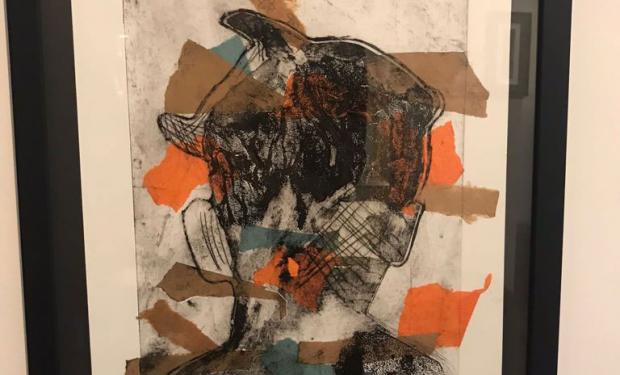
Loretta Campbell Identity - 'A Sense Of Place'
Loretta wanted to use materials and create a new story through a dress. Life is full of layers.
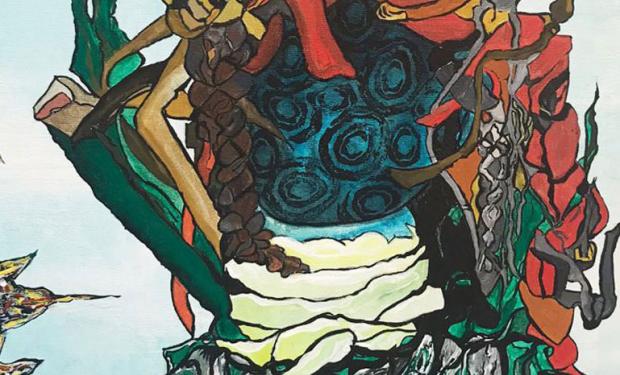
Martine Hans-Jorie - 'Strange Fruit'
The collection presented by Martine Hans-Jorie depicts a kinaesthetic exploration of the artists cultural and emotional journey through black womanhood.
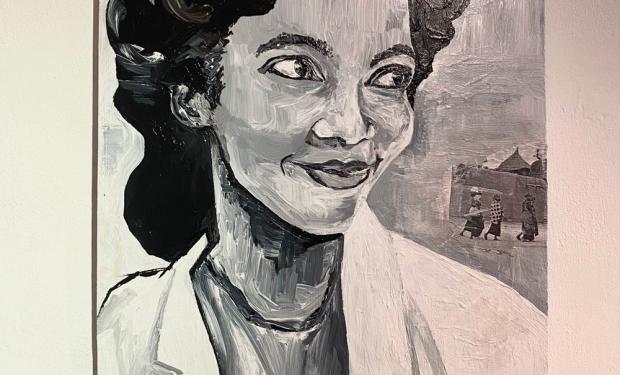
Akua Afari - 'The Constellations We Are'
Akua Afari perceives an updated take on Gwendolyn Brooks’ most famous poem We Real Cool.
